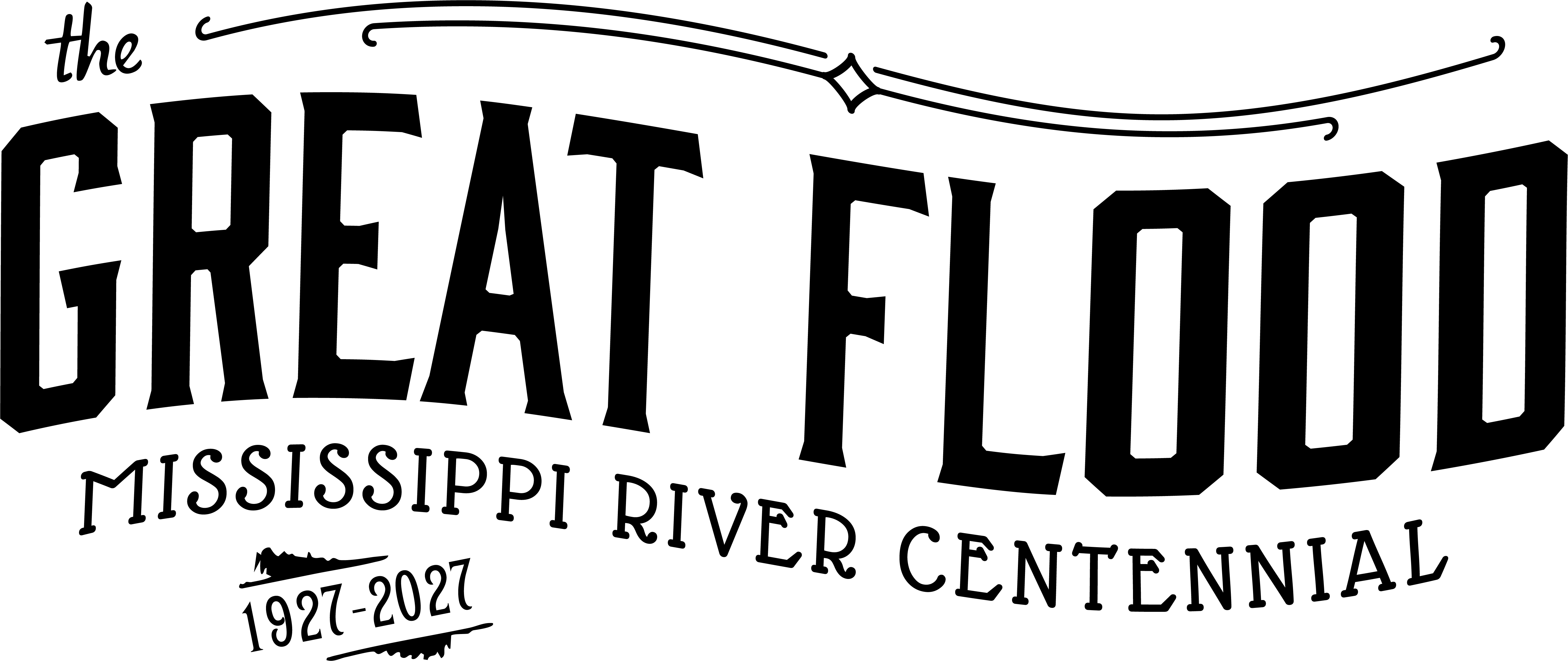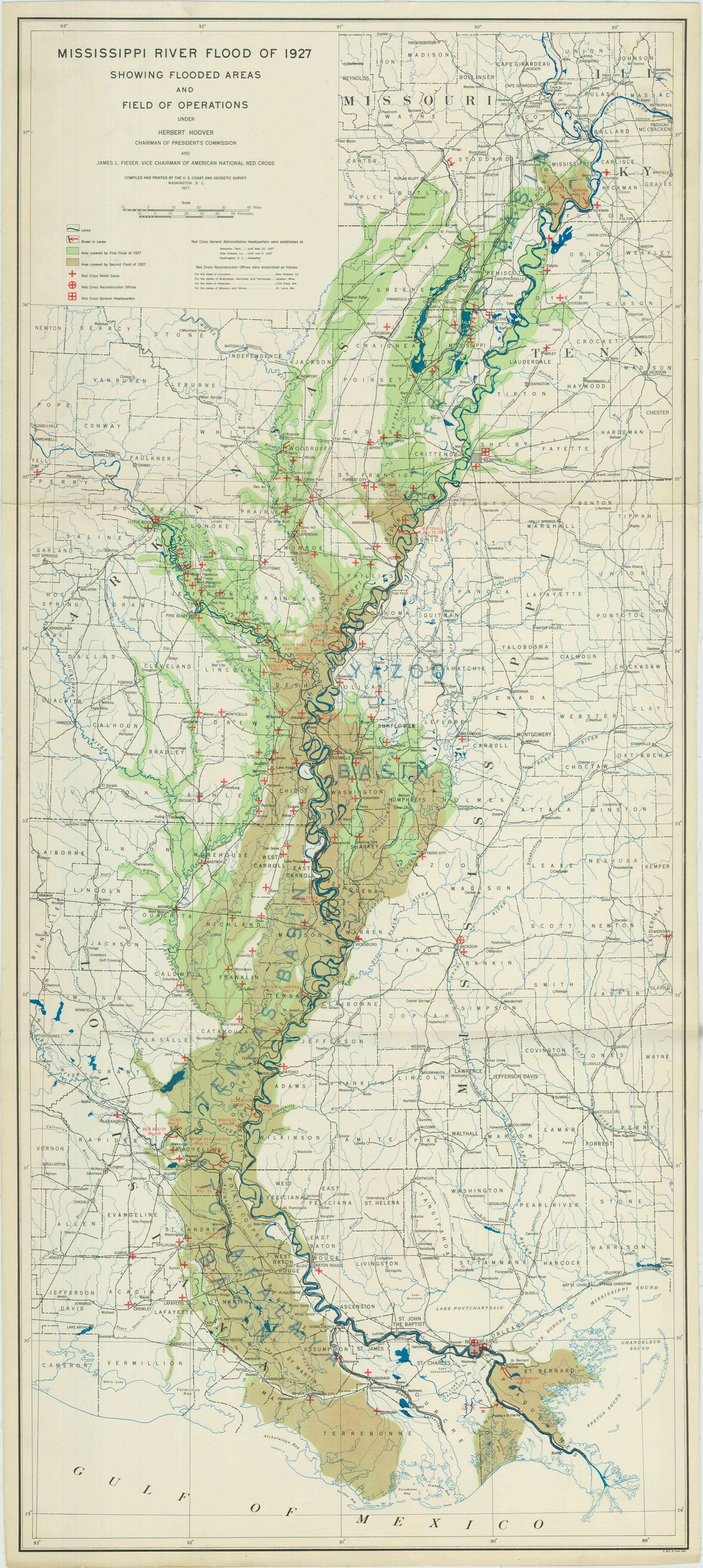
DO YOU KNOW ABOUT THE GREAT FLOOD OF 1927?
As the 100 year anniversary of the greatest flood in American History approaches, join the Louisiana Trust and our partners in highlighting and commemorating its impact on communities across the country.
Call to Artists

The Louisiana Trust for Historic Preservation requests that professional artists and artist teams submit proposals for the creation of original, site-specific artwork to serve as markers in places impacted by the 1927 flood, as part of a multi-regional centennial observance.
Deadline: May 19th, 2025
Eligible for all Artists
